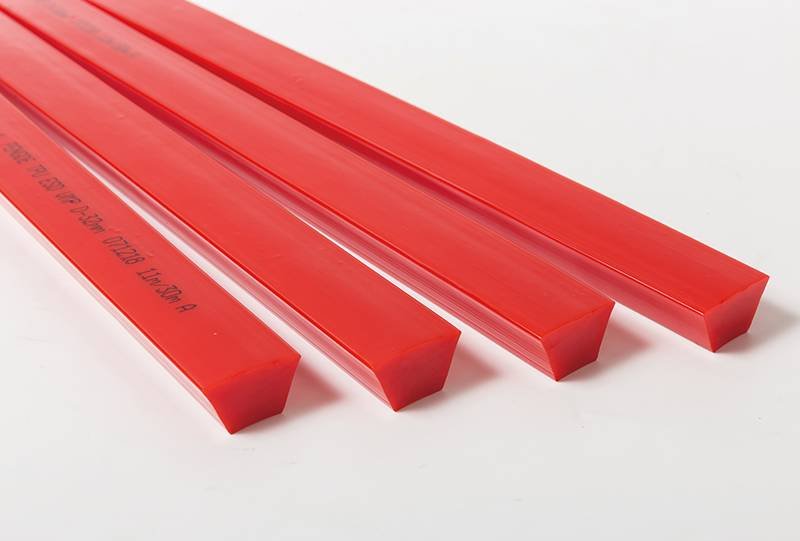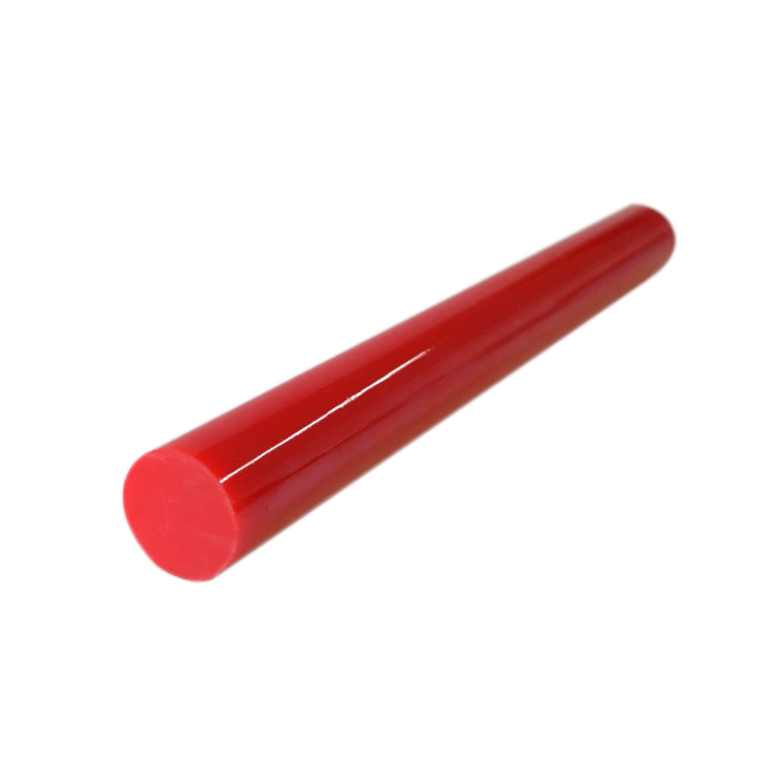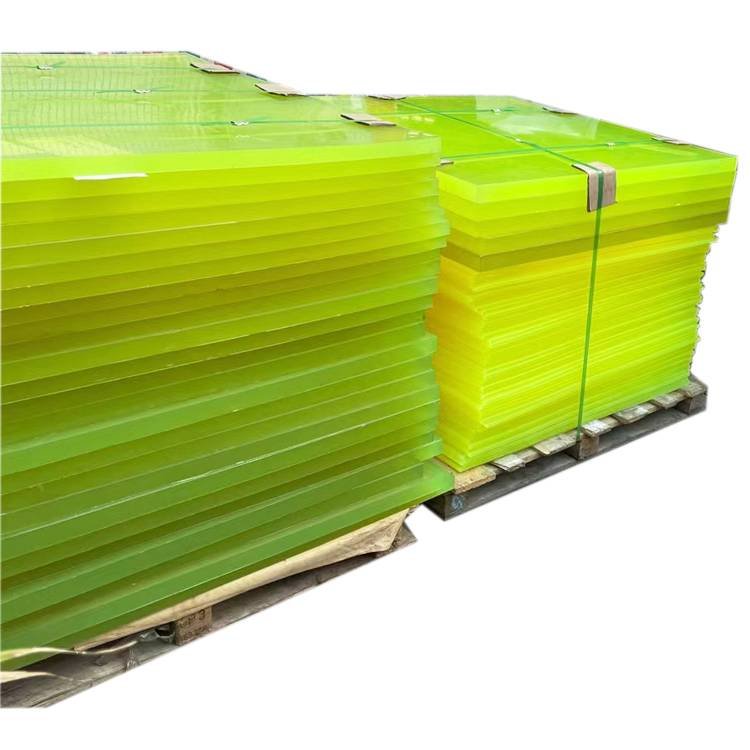In industrial and commercial conveyor systems, choosing the right belt material is crucial for efficiency, durability, and cost-effectiveness. Traditionally, PVC belts and rubber belts have been the go-to options for various industries. However, TPU (Thermoplastic Polyurethane) belts are emerging as the superior choice, offering higher durability, flexibility, and hygiene standards.
With industries such as food processing, packaging, logistics, and manufacturing demanding longer-lasting, more efficient solutions, TPU belts are proving to be the future of conveyor technology. In this article, we will compare TPU vs. PVC vs. rubber belts and explore why TPU is the better long-term investment.
1. What Are TPU, PVC, and Rubber Belts?
Before diving into comparisons, let’s define the three types of conveyor belts:
- TPU Belts (Thermoplastic Polyurethane) – Made from high-quality polyurethane, these belts offer excellent wear resistance, flexibility, and hygiene, making them ideal for industries requiring precision and cleanliness.
- PVC Belts (Polyvinyl Chloride) – Made from synthetic plastic material, PVC belts are commonly used for light to medium-duty applications but lack durability under harsh conditions.
- Rubber Belts – Traditionally used in heavy-duty applications, rubber conveyor belts provide high strength but are heavier, harder to clean, and less resistant to chemicals and oils.

2. TPU vs. PVC vs. Rubber: A Feature-by-Feature Comparison
2.1 Durability and Wear Resistance
✅ TPU Belts – Highly resistant to abrasion, wear, and tears, TPU belts have a longer lifespan compared to both PVC and rubber. They can withstand frequent bending and stretching without cracking or hardening.
❌ PVC Belts – PVC belts tend to degrade faster under high friction and heavy loads, leading to more frequent replacements.
❌ Rubber Belts – Rubber belts are durable but prone to aging, cracking, and hardening over time, especially when exposed to oils, chemicals, or extreme temperatures.
💡 Winner: TPU Belts – Their superior wear resistance means fewer replacements and lower long-term costs.
2.2 Hygiene and Cleanability
✅ TPU Belts – TPU belts are non-porous, resistant to bacteria, and easy to clean, making them perfect for food processing, pharmaceuticals, and hygiene-sensitive industries. TPU belts are also FDA and EU food-grade approved.
❌ PVC Belts – PVC belts have a porous surface, making them prone to contamination in food and medical applications. They are harder to sanitize and may absorb oils and moisture over time.
❌ Rubber Belts – Rubber belts are challenging to clean and can trap bacteria due to their textured and porous surface. They also absorb grease, oils, and chemicals, making them unsuitable for strict hygiene environments.
💡 Winner: TPU Belts – Their easy-to-clean surface and compliance with food safety regulations give them an advantage in hygienic industries.
2.3 Flexibility and Energy Efficiency
✅ TPU Belts – TPU belts are lighter and more flexible, reducing strain on conveyor motors and lowering energy consumption. They also work efficiently in curved or inclined conveyor systems.
❌ PVC Belts – PVC belts are stiff and can become brittle over time, making them less effective in high-flexibility applications.
❌ Rubber Belts – Heavy and less energy-efficient, rubber belts increase operational costs due to higher motor power requirements.
💡 Winner: TPU Belts – Their lightweight and flexible design results in lower energy consumption and smoother operation.
2.4 Chemical and Oil Resistance
✅ TPU Belts – TPU is highly resistant to oils, greases, and industrial chemicals, making it ideal for food production, automotive, and chemical industries.
❌ PVC Belts – PVC belts can absorb oils and chemicals, leading to degradation and reduced lifespan.
❌ Rubber Belts – Rubber belts deteriorate when exposed to oils, solvents, and harsh chemicals, requiring frequent replacements in certain industries.
💡 Winner: TPU Belts – Their superior chemical resistance ensures longer operational life in oil- and grease-prone environments.
2.5 Temperature Resistance
✅ TPU Belts – TPU belts can withstand extreme temperatures, from -40°C to 80°C (-40°F to 176°F), making them suitable for freezing, refrigeration, and high-heat applications.
❌ PVC Belts – PVC belts become brittle in cold environments and can warp under high heat.
❌ Rubber Belts – Rubber belts can handle high temperatures but may crack in low temperatures, limiting their use in freezing applications.
💡 Winner: TPU Belts – Their wide temperature range makes them versatile across industries.
2.6 Cost Efficiency
✅ TPU Belts – While TPU belts have a higher initial cost, they offer a longer lifespan, reduced maintenance, and lower energy consumption, making them more cost-effective over time.
❌ PVC Belts – Cheaper initially but frequent replacements lead to higher long-term costs.
❌ Rubber Belts – Durable but high maintenance and energy-intensive, increasing operating expenses.
💡 Winner: TPU Belts – Long-term savings outweigh the initial investment.

3. Why TPU Belts Are the Future
With industries moving toward energy-efficient, durable, and sustainable solutions, TPU belts outperform PVC and rubber in almost every category. From food processing and pharmaceuticals to automotive and logistics, TPU belts provide long-term reliability, safety, and cost-effectiveness.
Key Reasons TPU Is the Future:
✔ Longer lifespan → Reduced replacements and lower maintenance costs
✔ Hygienic and easy to clean → Ideal for food and medical industries
✔ Energy-efficient and flexible → Reduces operational costs
✔ Resistant to chemicals, oils, and extreme temperatures
✔ Compliant with food-grade safety regulations (FDA, EU standards)
Industries That Benefit Most from TPU Belts:
🏭 Food Processing & Packaging – Hygienic, non-toxic, and food-grade compliant
🚗 Automotive & Manufacturing – Durable, oil-resistant, and abrasion-resistant
📦 Logistics & Warehousing – Lightweight, energy-efficient, and highly flexible
🩺 Pharmaceutical & Medical – Easy to clean, non-contaminating, and high-precision
🏗 Construction & Heavy Industry – High wear resistance and durability

4. Conclusion
If you’re looking for a long-lasting, energy-efficient, and cost-effective conveyor belt solution, TPU belts are the best choice over traditional PVC and rubber belts.
At PENGDE NEW MATERIAL TECHNOLOGY CO., LTD, we specialize in high-quality TPU conveyor belts tailored to meet your industry’s unique needs. Contact us today at pengde2@pengde-pu.com to explore custom TPU belt solutions for your business!


